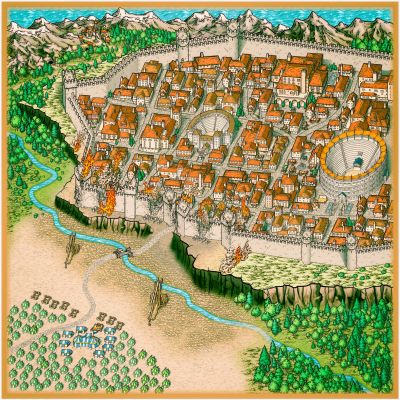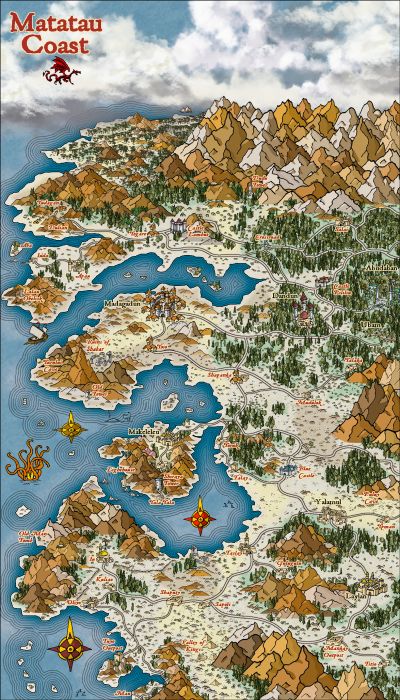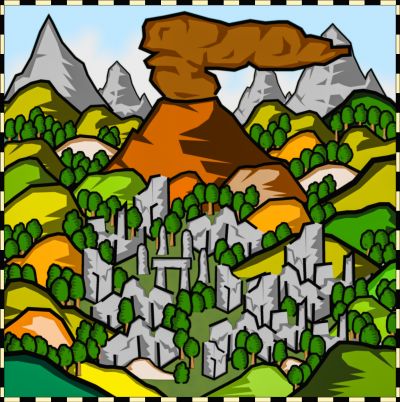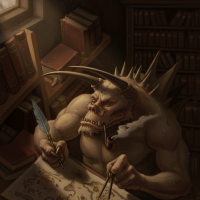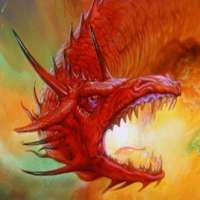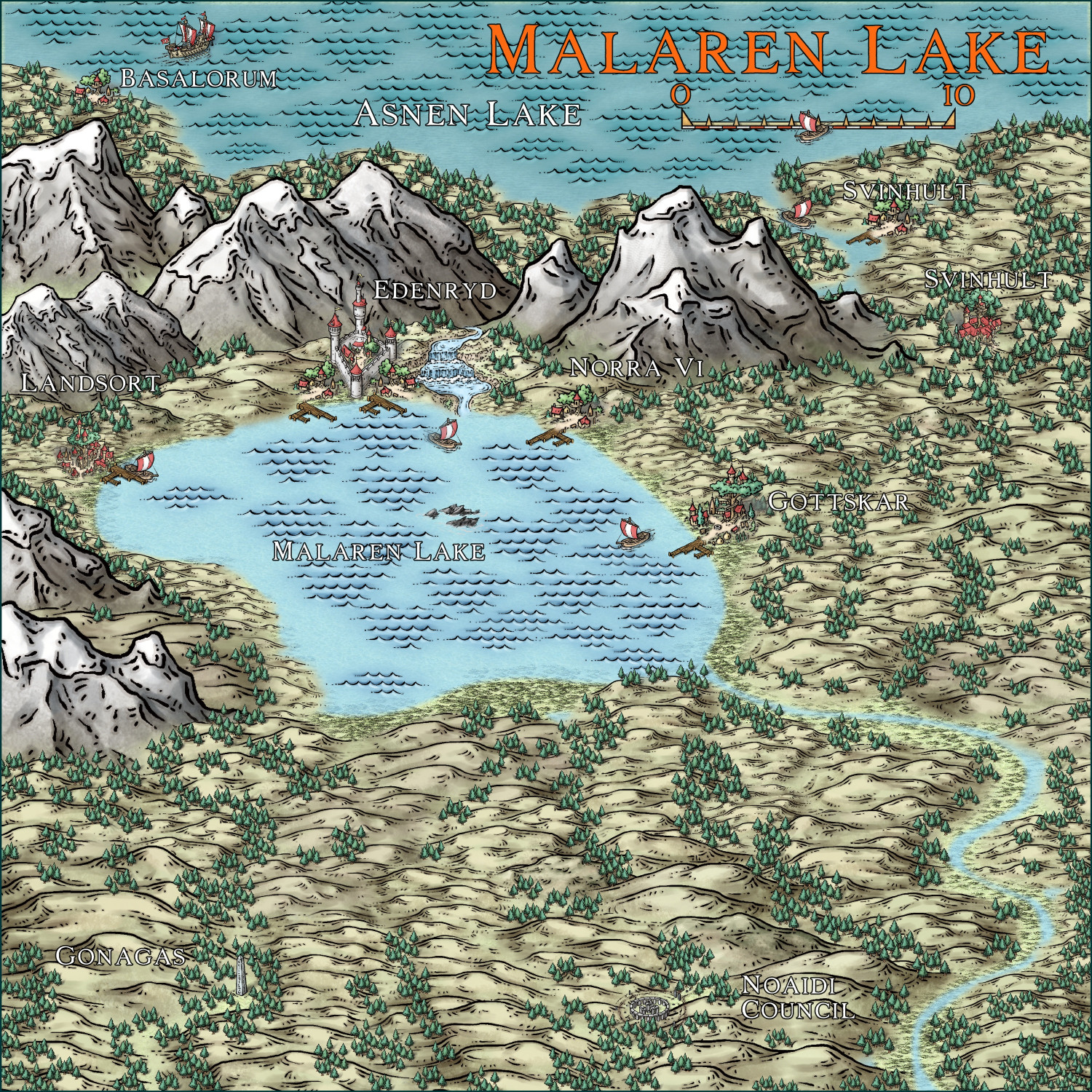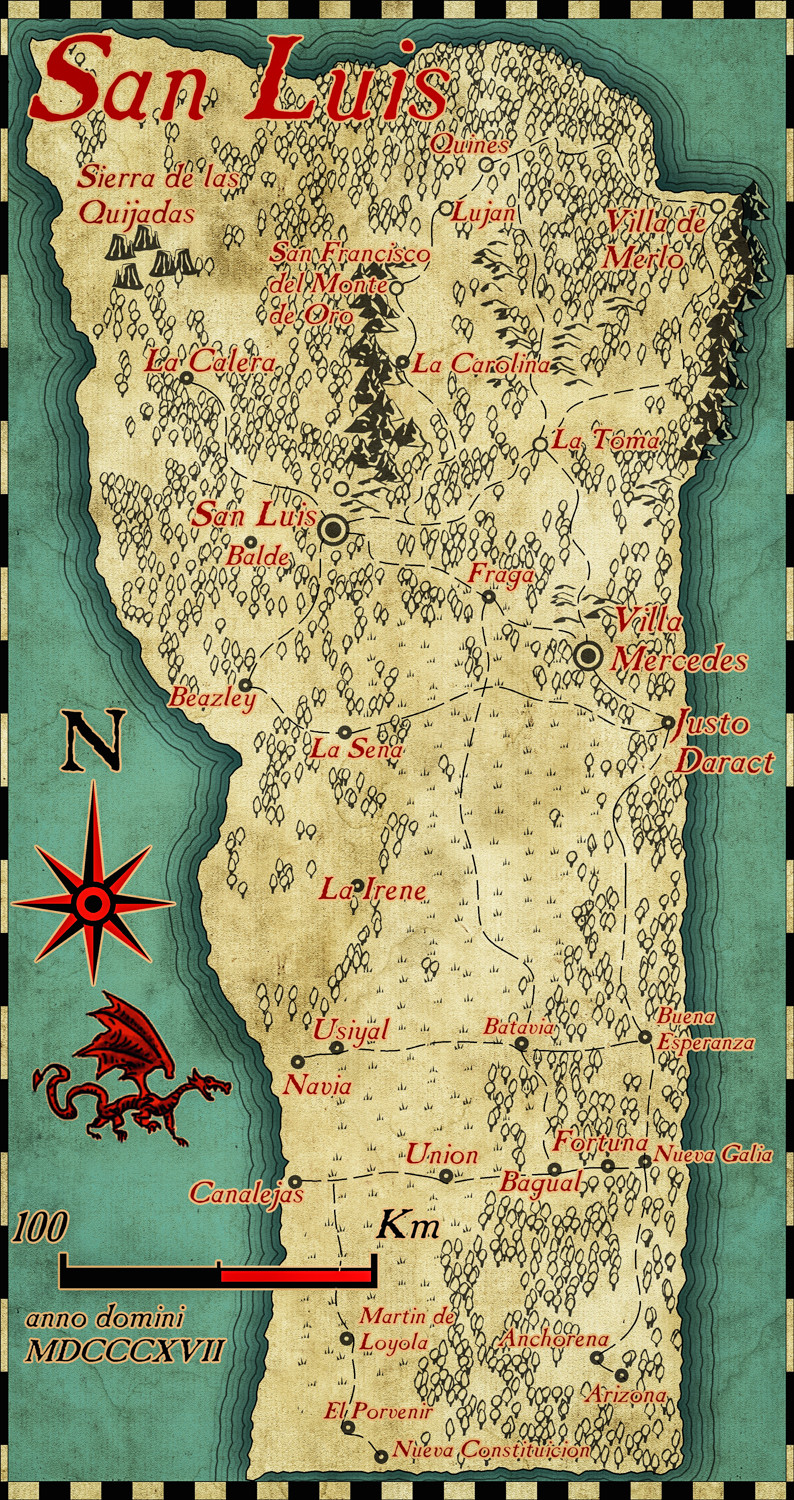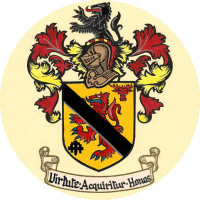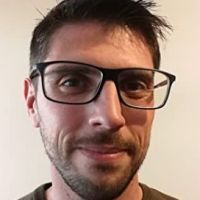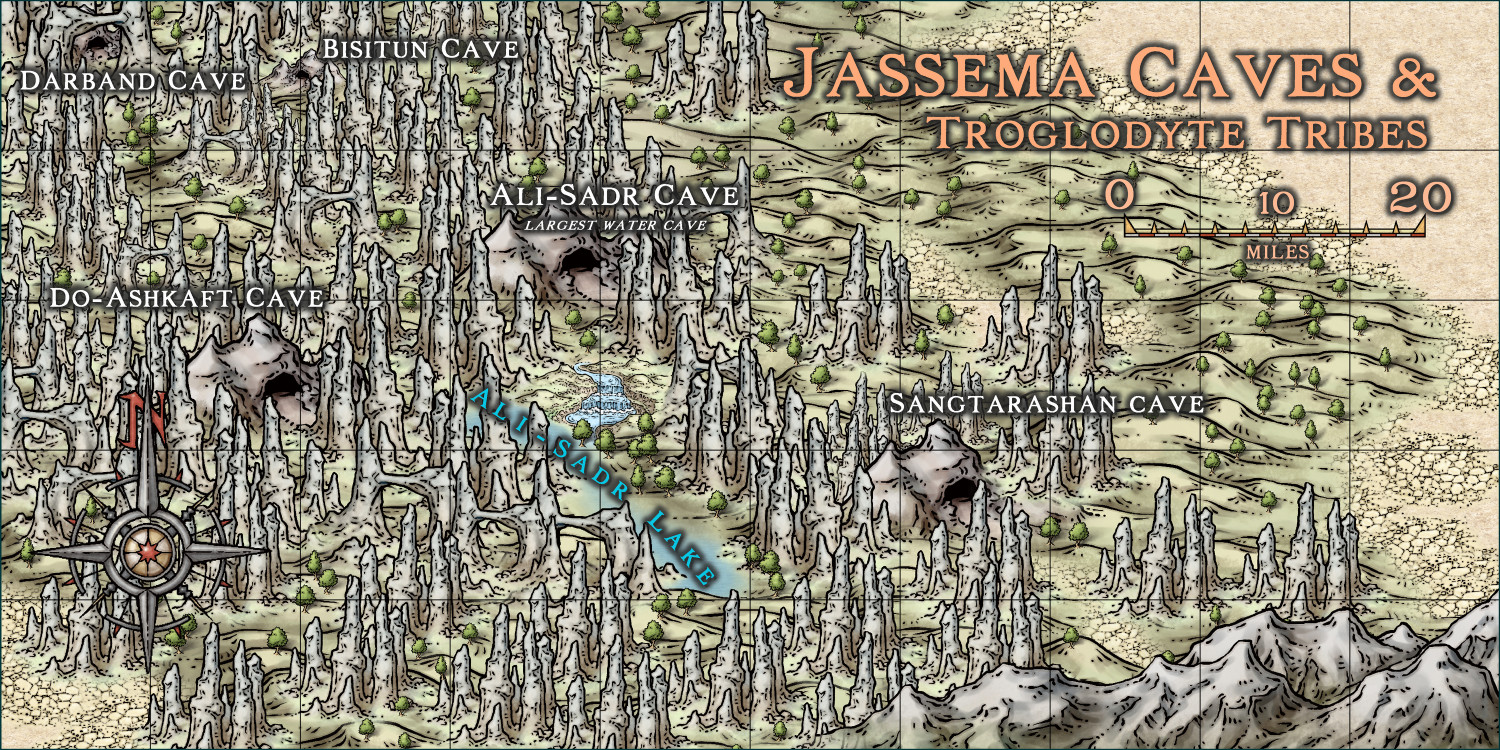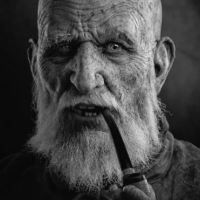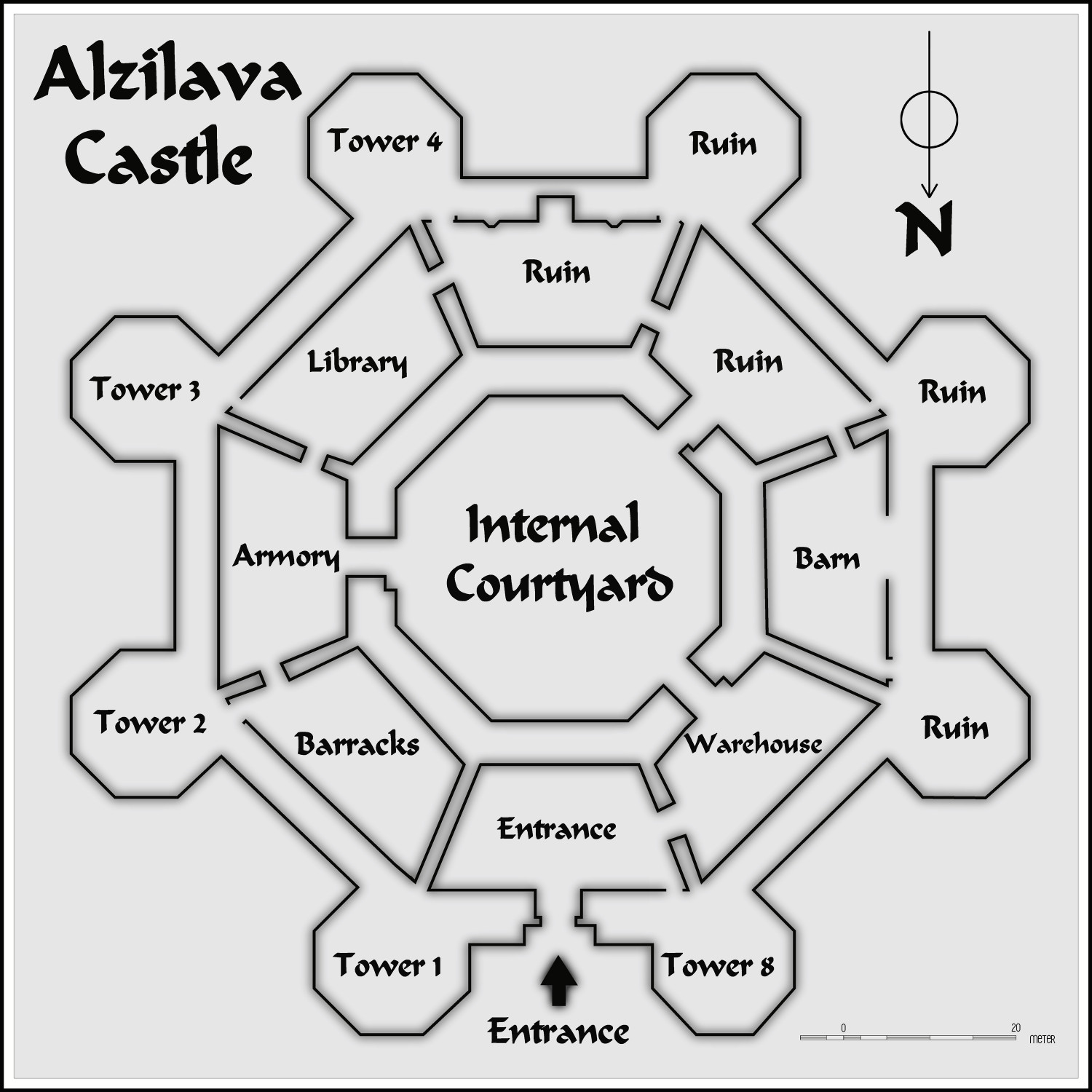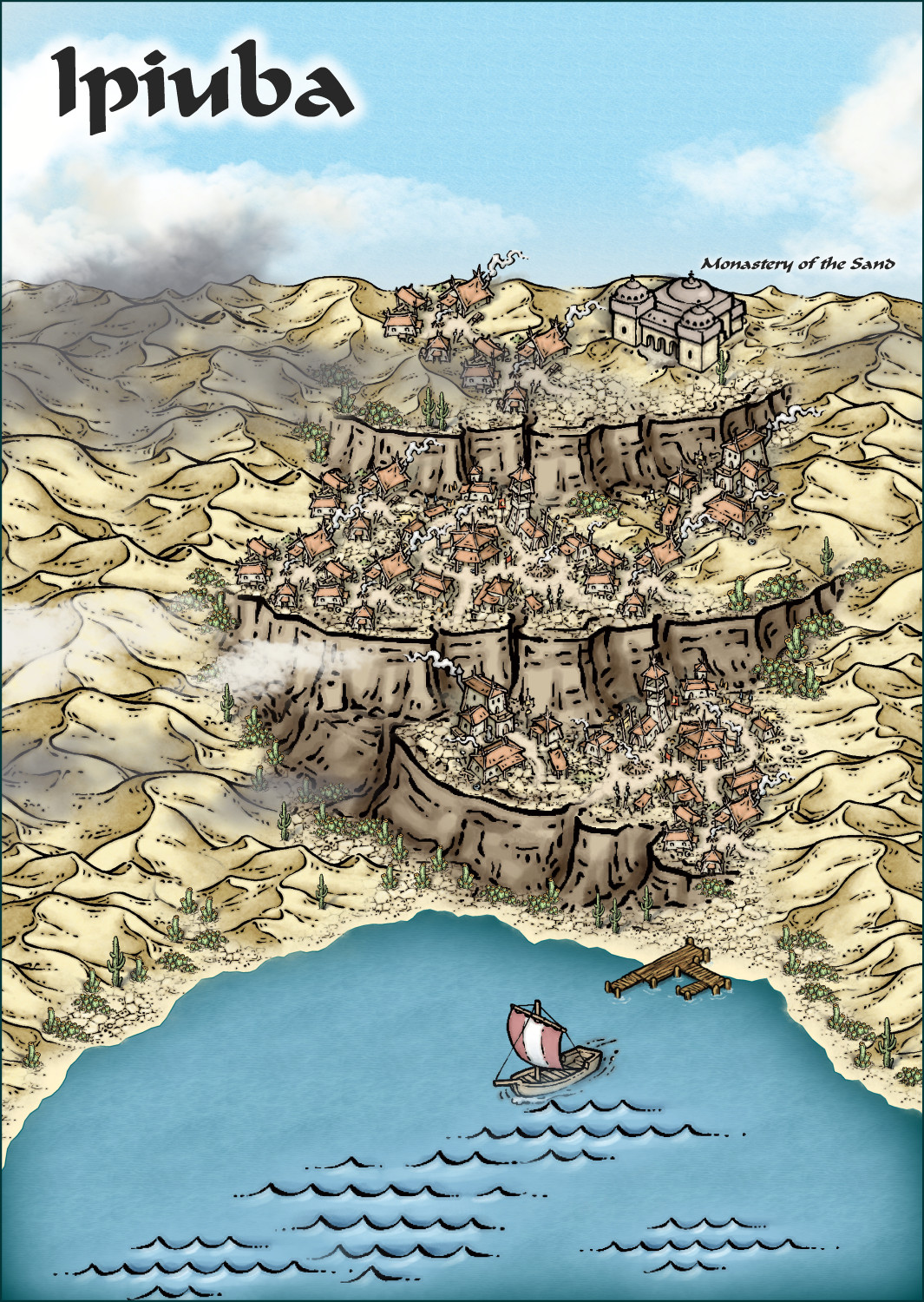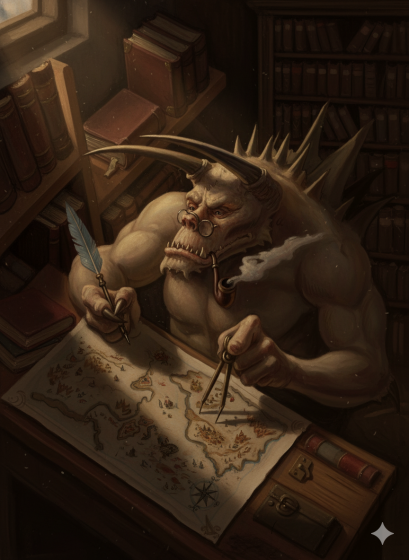
Ricko
Ricko
About
- Username
- Ricko
- Joined
- Visits
- 6,690
- Last Active
- Roles
- Member
- Points
- 10,516
- Birthday
- February 7, 1977
- Location
- merlo san luis argentina
- Rank
- Mapmaker
- Badges
- 22
Reactions
-
Community Atlas - Haddmark - Peredur
Thanks for the review mr. @Quenten .
Names corrected North Svinhult and South Svinhult.
Gonagas https://en.wikipedia.org/wiki/Gonagas and Noadi Council https://en.wikipedia.org/wiki/Noaidi are now fixed.
Cheers
Now Working on Asnen (huge) lake.
-
Community Atlas - Haddmark - Peredur
-
San Luis province - Argentina
-
Community Atlas - Berenur - Urtrah Desert
-
MY MUNDI IS READY!
-
MY MUNDI IS READY!
-
[WIP] Community Atlas: Kumarikandam - SE Tiantang Region
The Story of Hayun Village – The Village on the Bone Mountain
On the rugged shores of the eastern sea, where the winds salt the air and the waves beat relentlessly, stands Hayun Village, a peculiar and solitary village built on a living foundation: a hill composed of shells, bones of sea animals and the remains of daily life. This pile of materials is not only the foundation of the village; it is the story of generations of survival and adaptation.
The Origin of Hayun
It is said that Hayun’s ancestors arrived on these shores centuries ago, guided by a dream of safe land and protection from the beasts of the sea and the marauders of the neighboring lands. Finding solid ground, they began to deposit the remains of their catch – shells of molluscs, fish bones and shells of crustaceans – mixed with bones from hunting and ashes from fires. Over time, these materials, compacted with mortar made of sand and limestone, formed an artificial elevation.
The Building Process
The construction of this structure was not just a byproduct of daily life, but a ritual. Each family, at the end of the day, would take their leftovers to the top of the mound and carefully spread the materials. Larger bones were broken into smaller fragments to fill the gaps, and shells were used to reinforce the edges. Each season, a layer of mortar was applied to protect the structure from wind and rain.
The inhabitants began to build their homes on this raised ground, using timber and sloping roofs to withstand storms. Thus, generation after generation, Hayun grew upward, creating a “mountain” made of past and present life.
Defense and Isolation
Over the years, the elevation gave the village a strategic advantage. Access to the top was restricted to two ladders, easily removable in case of danger. Stories tell of pirates who tried to invade the village, only to find an impassable path and be driven back with spears and nets filled with sharp stones.
Life in Hayun
Today, Hayun is home to just over 160 people, all deeply connected to the structure that sustains them. Small shrines dedicated to sea deities dot the village, many of them made from ancient fragments found on the mountain, such as dolphin skulls and giant seashells.
The inhabitants are proud of their heritage and believe that this sacred elevation that is slowly growing is more than stone and bone; it is a spiritual guardian. On stormy nights, the elders say that they can hear the murmurs of their ancestors mixed with the howling of the wind, protecting them from unseen dangers.
The Rituals of the Living Mountain
Every year, a festival is held to honor the mountain made of shells and bones. During the event, each family offers their best shells and bones to the mountain, in gratitude and in renewal of the protection it offers. A bonfire is lit at the highest point, and chants echo, asking for the seas to be generous and the storms to be merciful.
An Ever-Growing Mountain
Hayun never stops growing. For the villagers, it is both a testament to their past and a reminder of their unbreakable connection to the sea. Each layer added is a new page in the village’s generations-old story, a story that will continue to be written as long as the winds blow and the sea brings sustenance.
Hayun Village Highlights
The Netmaker – Lao Ning: Lao Ning, with calloused fingers and keen eyes, creates the nets that are the basis of the village’s survival. Sitting in his wooden hut, he weaves plant fibers by hand, reinforcing each knot with almost ritualistic precision. His nets are renowned for their durability, and fishermen say that without them, no sea can bear fruit.
The Healer – Mei Yu: Mei Yu, a serene and respected figure, lives in a hut decorated with dried sea plants and jars of ointments. Using local herbs, crushed shells, and fish oil, she heals wounds and treats the village’s illnesses. His knowledge has been passed down through generations, and many believe his hands carry the blessing of sea deities.
The Storyteller – Uncle Shen: Uncle Shen is the heart of the village on stormy nights. Sitting by the communal fire, he tells tales of sea monsters and ancient seafarers, blending fact with mythology. His stories not only entertain, but also teach lessons about courage and respect for the sea.
The Carpenter – Jian Rong: Jian Rong, the village builder, transforms driftwood and driftwood into houses and boats. His skill is vital to the community, and each piece he creates bears his signature: a small wave-shaped carving, symbolizing harmony with the sea.
-
How to add depht to this canyon
-
Community Atlas - Fonlorn Archipelago - Bleakness - Death Forest.
And now I humbly present to you the largest concentration of (living) souls in the region. The small and suffering city of Dunmaris that resists and serves as a base of operations for any unfortunate group that is trapped in this reality 😅.
The quality is far from me, but I was inspired by Van Gogh's initial phase and his earthy tones for the composition of the floor colors, trying to show the difficulty of living in a devastated land, only using @Loopysue Patches.
The Town of Dunmaris
Dunmaris was once a thriving hub in the heart of the region for those who dreamed of a prosperous life. But times have changed, and what was once a thriving city has become a place of constant struggle against hunger and despair.
The land around it is hard, dry, and unforgiving. Crops barely thrive, and the few vegetables and root crops that do grow are stunted. The wind blows dust and ash, remnants of ancient fires and the decline of the region itself.
Life in this region is a daily struggle. Families survive by scraping the bottom of barrels, cooking thin porridge with what they can find. Game is scarce, and what little meat is obtained must be shared among many. With no other options, the inhabitants rely on bartering with the coastal villages, exchanging what little they have for salted and dried fish, just enough to stave off starvation.
The days are long and hard. The smell of rust and mold permeates the alleys, and the markets no longer vibrate with life—only the murmurs of weary people trading the bare minimum needed to make it to the next day. Children play with straw dolls and bones, while the elderly stare at the horizon, as if waiting for something to finally put an end to this cycle of misery.
Points of Interest:
1. Bleu Tower - Once the heart of Dunmaris' defenses, the Bleu Tower housed the local militia, men hardened by hardship and the duty of protecting the city. Its walls were once a symbol of strength and order. But the tremors changed everything. The tower cracked, its top collapsed, burying some of the guards who lived within. Now, its mutilated shell rises like a silent tomb.
2. Old Market - Once the commercial heart of Dunmaris, full of merchants and artisans. Today it is a desolate wasteland where weeds grow between the cracked stones. The shacks rot, and the wind carries the echoes of a vibrant past. No one trades here anymore.
3. Blacksmith - Peter has always been a man of few words and a gruff temperament, but his forge keeps Dunmaris standing. With calloused hands and a frowning gaze, he works tirelessly, forging tools, weapons, and horseshoes for the few who still resist in the city. He does not believe in miracles, only in iron and sweat. Despite his grumpiness, his forge has become a crucial point in the rebuilding of Dunmaris.
4. The Tired Boar Tavern - Within its soot-blackened walls, the smell of bitter ale mixes with despair. Here people drown their sorrows, while old songs try to drown out the stories of what lurks outside. The flickering candlelight barely dispels the shadow of misery, but for a few hours, the regulars pretend the city is still alive. For many, drinking here is not a pleasure—it is survival.
5. The Sleepy Roaster Inn - Before the earthquakes, an old rooster perched on the roof of the tavern would crow at odd times—at noon, at dusk, but never at dawn. Over time, it became a joke among the locals, and the establishment took its name. Today, the bird is gone, but the tavern remains, serving meager food and a bed for weary bodies.
6. Stable - Once vital for housing horses and storing equipment, it shows signs of neglect. Its cracked wooden walls support a worn roof. Broken buckets and dusty harnesses accumulate in corners, while the smell of manure and old urine permeates the air. It still serves to protect animals, but lack of care has compromised its functionality, reflecting the neglect of its owners.
7. Chapel - The small chapel stands as a quiet refuge. For some locals, it is a sanctuary of hope on difficult days. Here, they seek comfort in the quiet, bring offerings and whisper prayers. His simple and austere presence reminds them that, even in adversity, there is a place to find peace and renew strength, uniting the community in times of pain or uncertainty.
8. Oswin, the last Dwarf – The humble home of Oswin, the last dwarf of Toren, is located in the southern part of the city, which was chosen for its “abundance” of resources, essential for building his equipment resistant to the toxic environment of the forest. Suspicious at first, the dwarf reveals himself to be a loyal and friendly ally to those who earn his trust. His manual skills and ingenuity have made him a fundamental part of the community, which depends on his inventions to survive. In addition to repairing tools and machines, Oswin inspires hope, showing that, even in desolation, it is possible to rebuild. He waits patiently for people willing to help him in his mission to restore what was lost, dreaming of the day when he will no longer be alone in this arduous task.
9. Miss Cleuza Inn – A welcoming refuge amidst the chaos, run by Cleuza, a woman with a toothless smile and a big heart. Her strong temperament keeps order, while her friendliness captivates everyone. Even surrounded by despair, Cleuza laughs out loud, spreading lightness and resilience. Her tavern is more than a place to drink and eat; it is a symbol of perseverance, where strangers become friends and life, despite its hardship, still deserves a toast.
-
MY MUNDI IS READY!


